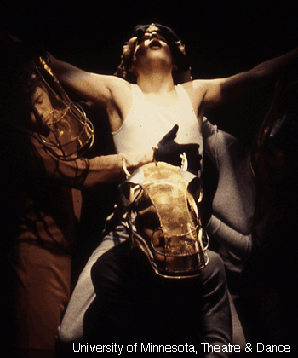In summer and fall 2016, ASTR’s sub-committee on conference accessibility drafted a best practices document. The best practices document passed through the committee on conferences, and was distributed to plenary panel respondents, working group conveners, and conference attendees. It can be found here: http://www.astr.org/general/custom.asp?page=16_Accessibility
The committee’s work was informed by a number of resources, in particular those available through The Society for Disability Studies at the University of Buffalo and The DO-IT (Disabilities, Opportunities, Internetworking, and Technology) Program at the University of Washington.
As the sub-committee drafted the best practices document, we noted and/or reflected on key aspects of the process:
- How can conferences—conceptualized broadly to include planners, long time and new organization members, all attendees, and all support/organizational teams—incorporate accessibility, especially “accessibility” conceptualized nimbly and robustly?
- How is a best practices document a starting point for systemic, supported, long-term commitments to accessibility? What are the immediate goals, the aspirations, and the cultural shifts to foster?
- How do venue logistics– in cities, hotels, and performance spaces—support accessibility? How can such considerations be prioritized within the exigencies of conference planning?
In the best practices document, the sub-committee addresses different physical abilities, pronoun usage, as well as multiple formats for discussion and presentation in both working sessions and plenary presentations. We also, following the Society for Disability Studies (SDS), invite ASTR to “think about issues of privilege and injustice and to reflect on the inclusions and exclusions” in preparing presentations and organizing conference sessions.[1]
The best practices document is intended to be responsive to more input, from ASTR members and through inter-organizational collaboration. ATHE, for example, has a robust membership contingent working explicitly with differing abilities and accessibility.
Simultaneously, the sub-committee on conference accessibility asks, how might we, as an organization, use our conference to challenge the boundaries of inclusivity. How can we, as a conference and an organization, invite increasingly astute conversation and responsive actions?
For example, what are our needs and desires, as individuals and as an organization? How might the ASTR website be consistently utilized as a repository through which conference attendees might access materials in advance of the conference? What are the considerations around recording plenary sessions and making them available to attendees who may need or wish to revisit material? What are our goals for or aspirations towards sign language interpretation? Simultaneous translation?
Where, and in what formats, can we continue these conversations and this work?
[1] “Accessible presentations.” http://www.disstudies.org/conferences/accessible-presentations

